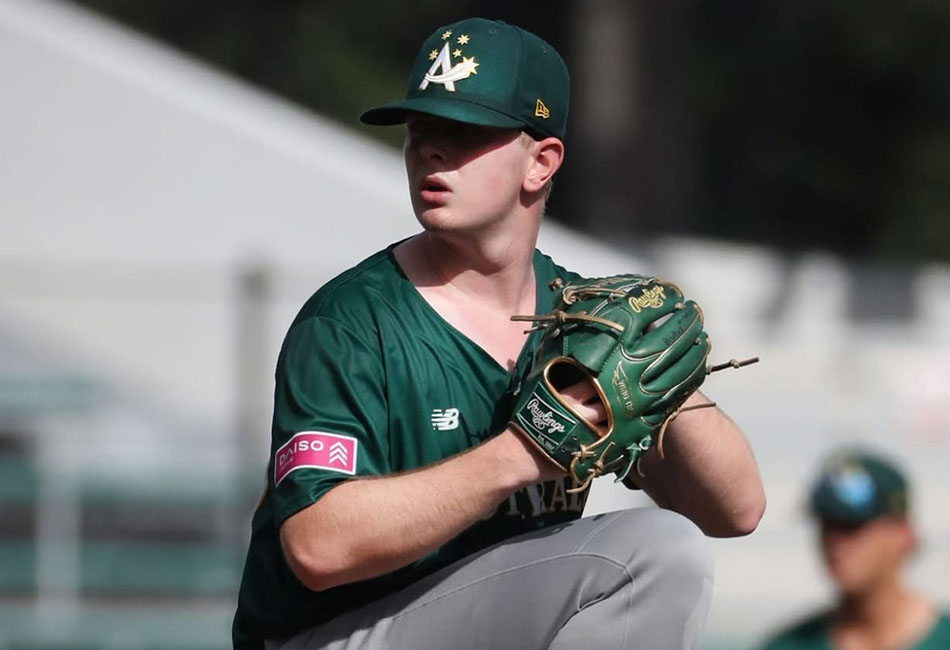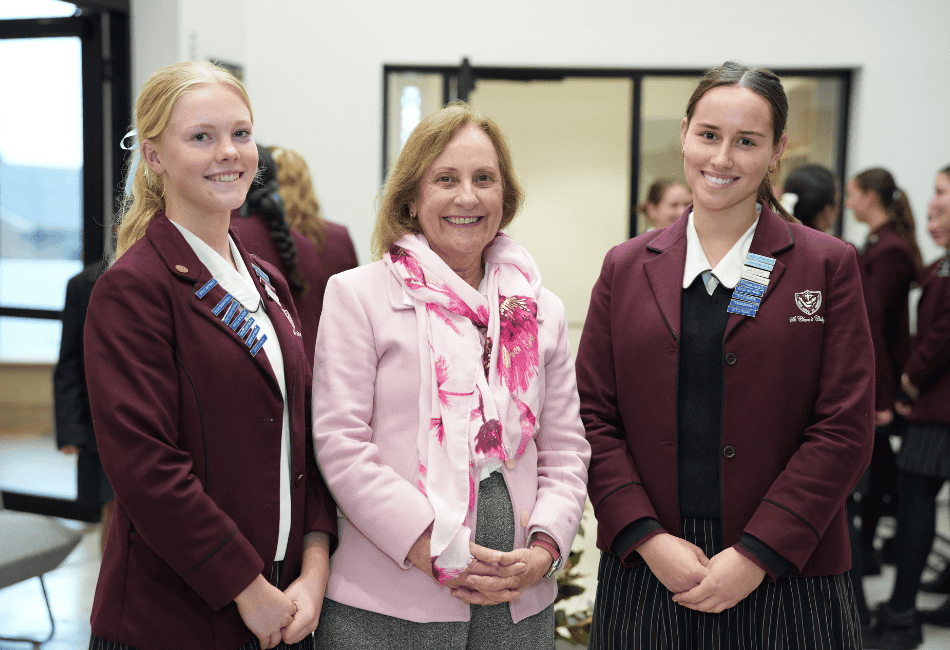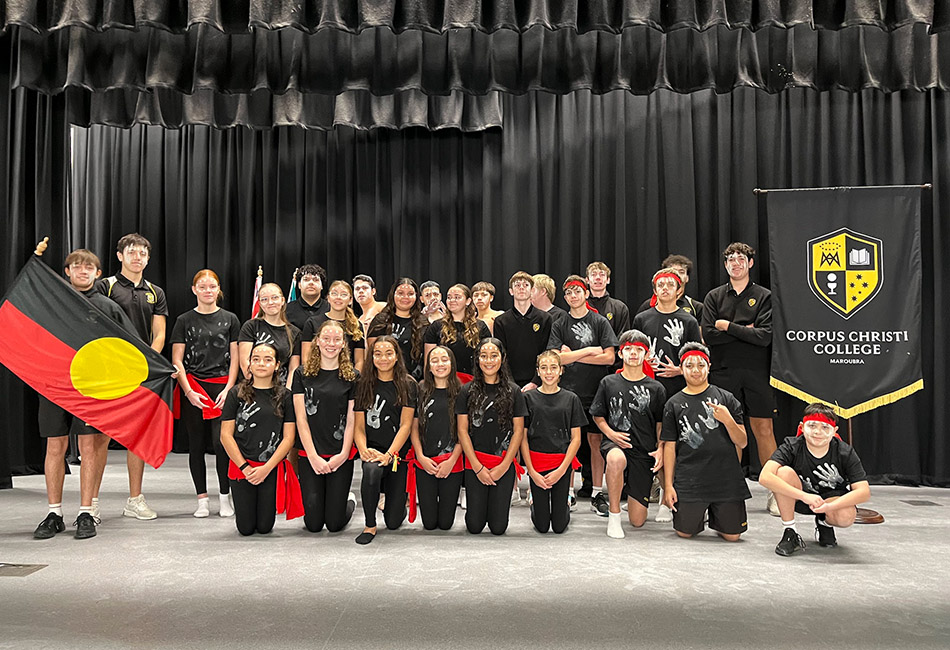Ever tried to build something as tall as a child out of just newspaper and masking tape? Or to make a model water slide better than one at a theme park?
More than 60 families at St Pius Catholic Primary School Enmore have embraced the STEM Family Challenge, adding another dimension to their child’s learning.
The STEM Family Challenge
Each Monday a family is set a STEM (Science, Technology, Engineering and Mathematics) challenge and given a week to complete it. They are given a kit of minimal materials and a portfolio to record and evaluate how they solve the challenge.
The following Monday they present their work to the school as a family, answering questions about their creations.
How it started
St Pius’ STEM instructional specialist, Maryse Rodrigo, introduced STEM challenges to her Year 2 class in 2019 to cater for their diverse needs.
“The biggest benefit I’ve seen – and we are a tiny school, so you get to see it quite closely – is that our children are starting to really think outside the box” – Maryse Rodrigo
From the initial spark in Term 1 the STEM challenge grew to incorporate literacy, and students’ reading skills grew in leaps and bounds.
By Term 2 optional mini challenges were sent home for families to do together.
By 2020 the whole school became involved.
“I had parents emailing me or pulling me aside in the playground (to ask) ‘My child is interested in STEM, how can I get them involved?’” Mrs Rodrigo said.
What’s involved?
“It could be something like using tape, newspaper and paddle pop sticks to create a famous landmark,” Mrs Rodrigo said. She said every parent and every child said in their evaluation that the best part of the challenge was working together as a family.
“Some embraced it so much that they were talking about it at the dinner table, and when they jumped in the car at the end of the day,” she said, adding “It became this great time for families to come together.”
From ‘I can’t’ to ‘No, I can’
Back in the classroom, students began to take a more creative approach to problem-solving.
“There was definite growth because they started to take risks,” Mrs Rodrigo said.
“They started to think creatively. It was no longer ‘I can’t’ anymore”
“Kids are so hard on themselves. But they started to go ‘No, I can’, because they had this memory with their families that was an added layer to the experience,” Mrs Rodrigo said.
The challenges complement in-class STEM activities. These include tinkering Tuesday, where Mrs Rodrigo gives her class 30 minutes to create things using different materials.
Classroom STEM challenges often involve a visual of a problem students need to solve. One was a model of an oil spill in an ocean, complete with toy animals and trucks for students to observe from all angles before talking about their task.
Remote lessons on STEM have included Olympic-themed challenges across all grades.
Year 1 combines their reading of fairy tales with STEM challenges: Working out how to help Jack come down from the castle using something other than a beanstalk, and how to give Red Riding Hood safe passage to her grandma’s house.
“STEM is not there to replace the amazing things that happen in science experiments,” Mrs Rodrigo stressed.
“STEM is a process and goes into so many different things. It’s about students knowing that it’s not going to work the first time maybe, but it’s okay because they can keep trying.”
By: JADE RAMIREZ







